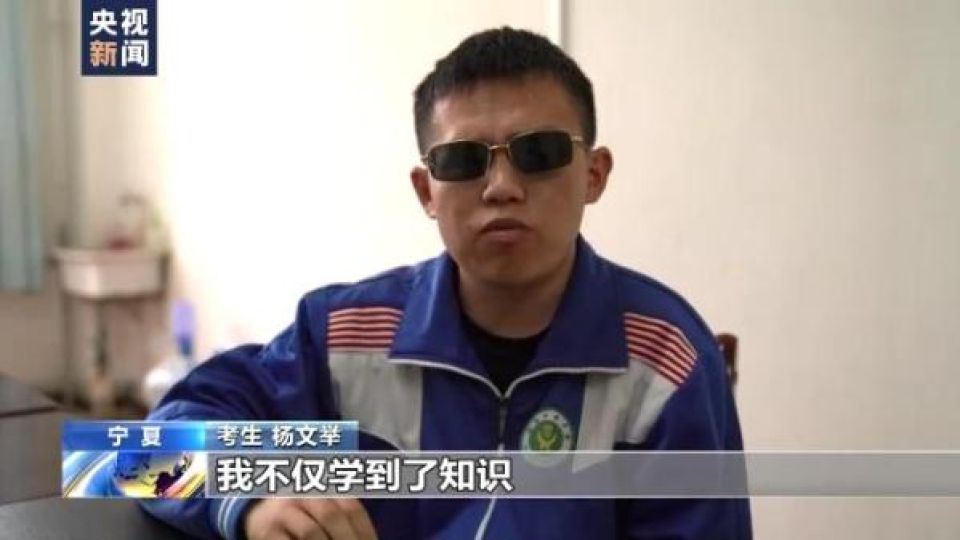June 9, 2022
BEIJING – Among the over 10 million Chinese students that have taken this year’s gaokao, the national college entrance examination, is Yang Wenju, a blind candidate from Xiji county in Northwest China’s Ningxia Hui autonomous region.
Having lost his eyesight at the age of 10, Yang is one of eight blind students nationwide that sat for the test this year. A separate room was set up for Yang, with Braille versions of test papers prepared.
Compared with sighted students, blind students have 50 percent more time to finish the test as it is more time-consuming for them to read the papers.
The smallest unit of Braille is composed of six dots, whose positions are arranged to represent letters. Usually it takes several such units to spell out the pronunciation of a Chinese character. Tactile graphics are designed to convey non-textual information to blind candidates.
In addition to blind students, special arrangements have also been made for other visually impaired students, such as large-font test papers and permission to use magnifying glass and table lamps.
Visually-impaired candidates don’t enjoy extra points on their gaokao scores, and compete on a level playing field with sighted students.

Braille test papers have been prepared for blind students in this year’s gaokao. [Photo/CCTV]
The country first introduced Braille gaokao tests in 2014. That year, Li Jinsheng, a 46-year-old blind masseur, sat for the test. Despite his poor score, Li’s participation in the exam brought hope to many visually-impaired people who aspired to enter mainstream universities.
In the years since, a few blind candidates have taken the test annually, and some realized their dream of studying at university.
For example, Wang Yun, a student in Shanghai, scored 623 out of 660 in the 2018 gaokao and ranked among the top 10 in the entire city.


